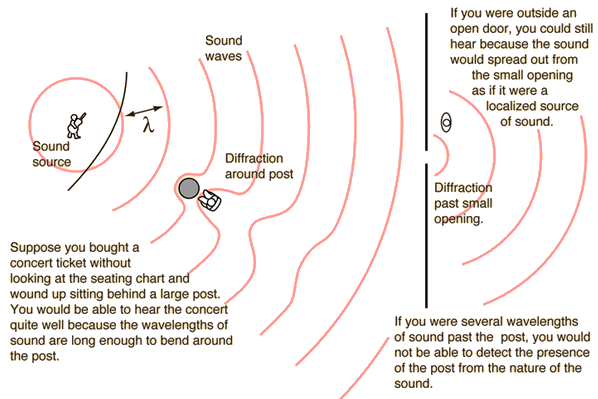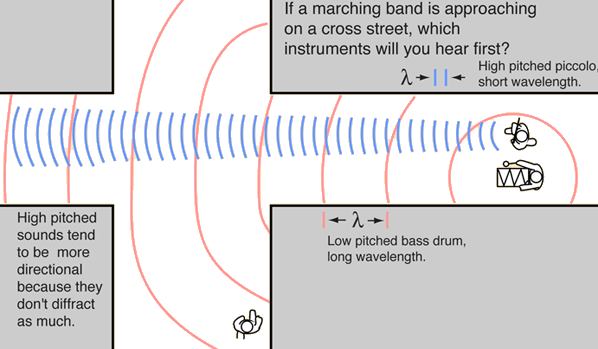16. Bats use active sonar to detect small insects. How does the bat's signal compare to the submarine's sonar?
A. Bat sonar must have a shorter wavelength.
Because the target for the bat is considerably smaller than for a submarine, the wavelength must be shorter for the bat's radar signal than the submarine's sonar signal. The wavelength of the signal must be roughly equal in size to or shorter than the object....
I understand the frequency part, which is the second part of the explanation, but I was wondering is it a fact that for smaller objects you use a shorter wavelength? Is it something from the books?
A. Bat sonar must have a shorter wavelength.
Because the target for the bat is considerably smaller than for a submarine, the wavelength must be shorter for the bat's radar signal than the submarine's sonar signal. The wavelength of the signal must be roughly equal in size to or shorter than the object....
I understand the frequency part, which is the second part of the explanation, but I was wondering is it a fact that for smaller objects you use a shorter wavelength? Is it something from the books?


